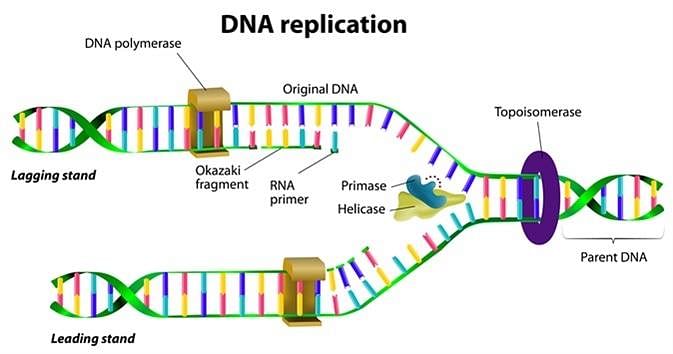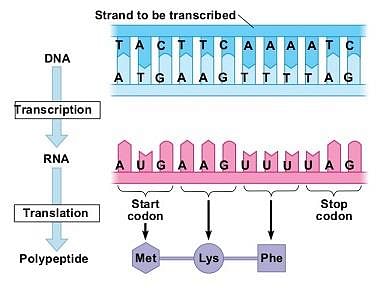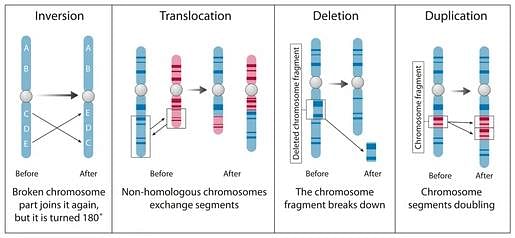31 Years NEET Previous Year Questions: Molecular Basis of Inheritance - 1 - NEET MCQ
25 Questions MCQ Test Biology Class 12 - 31 Years NEET Previous Year Questions: Molecular Basis of Inheritance - 1
What is the role of RNA polymerase III in the process of transcription in eukaryotes? [2021]
Name the enzyme that facilitates opening of DNA helix during transcription. [2020]
| 1 Crore+ students have signed up on EduRev. Have you? Download the App |
Which of the following features of genetic code does allow bacteria to produce human insulin by recombinant DNA technology? [2019]
The experimental proof for semi-conservative replication of DNA was first shown in a [2018]
During DNA replication, Okazaki fragments are used to elongate [2017]
The association of histone H1 with a nucleosome indicates that [2017]
Which one of the following is the starter codon? [2016]
Which of the following is NOT required for any of the techniques of DNA fingerprinting available at present? [2016]
A complex of ribosomes attached to a single strand of RNA is known as: [2016]
Taylor conducted the experiments to prove semiconservative mode of chromosome replication on [2016]
The term 'linkage' was coined by: [2015 RS]
A gene showing codominance has: [2015 RS]
A pleiotropic gene: [2015 RS]
Which one of the following is not applicable to RNA? [2015 RS]
Multiple alleles are present: [2015 RS]
The chromosomes in which centromere is situated close to one end are: [2015 RS]
Gene regulation governing lactose operon of E.coli that involves the lac I gene product is: [2015 RS]
The movement of a gene from one linkage group to another is called: [2015 RS]
In sea urchin DNA, which is double-stranded, 17% of the bases were shown to be cytosine. The percentages of the other three bases expected to be present in this DNA are: [2015 RS]
A man with blood group 'A' marries a woman with blood group 'B'. What are all the possible blood groups of their offspring? [2015 RS]
Which one of the following is wrongly matched? [2014]
Transformation was discovered by: [2014]
Commonly used vectors for human genome sequencing are: [2014]
Which of the following important biochemical reactions in living systems is catalyzed by a ribozyme? [2013]
An abnormal human baby with 'XXX' sex chromosomes was born due to [2012]
|
100 videos|294 docs|185 tests
|




























